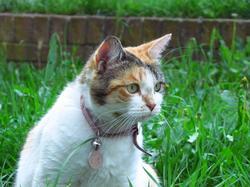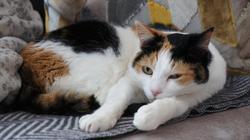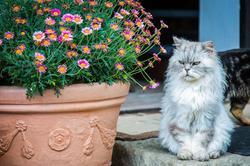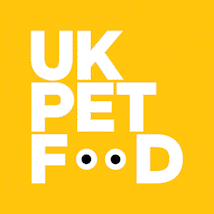Meeting your cat's needs for their stage of life
Meeting the needs of cats at varying life stages
'Life stage' nutrition is the practice of feeding pets specific foods designed to meet their needs at a specific age or during a specific physiologic state, such as pregnancy.
By feeding to meet the needs of pets at varying life stages, owners can be sure they are providing their pet with optimum nutrition.
Pet food manufacturers first started formulating 'life stage' pet foods in the early-to-mid 1970s, with the formulation of a puppy diet, and became more widely available from the 1980s onwards. Feeding the optimum nutrients for a specific life stage is aimed at supporting healthy longevity of all pets and today, 'life stage' diets are not only available for cats and dogs, but also iguanas and bearded dragons!
How 'life stage' foods address the needs of your cat

Kittens go through a nursing and growing period and become adult at roughly 1 year of age, though this depends on the breed, with some kittens fully grown by 9 months. Kittens get most of what they need during the nursing period from the bitch or queen, providing her nutrition is also adequate.
- For growing kittens, food should be higher in calories and protein.
- Other nutrients such as the fatty acid DHA, which helps develop the brain and eye, and L carnitine which supports muscle and bone growth, have recently received more attention in growth nutrition.
- Food for growing animals should also be highly digestible, but energy dense, to avoid digestive upset and prevent the need for large meals.

Unlike dogs, a pregnant cat needs more calories from mating onwards and this increases steadily until birth.
A kitten food is suitable for cats during pregnancy.
- A queen’s nutritional requirements actually peak 5-6 weeks after the kittens are born. Unless they are fed properly, queens will not be producing enough milk, so cat owners should consult their vet for additional advice on how best to feed pregnant cats or cats with kittens. A kitten food would usually be the most appropriate at this stage.
- Water is a very important nutrient during milk production and should be supplied at all times.

Optimum nutrition during adulthood is aimed at promoting quality of life and in maintaining health.
Obesity is the major nutrition related problem facing the adult cat population today, and this is particularly a problem after neutering, but there are diets available designed specifically to help reduce the risk of weight gain in adult animals.

By about 7 years and older, cats start to experience a decline in the function of certain organs, including the immune system. The kidneys, heart and digestive tract may also show reduced functioning or increased sensitivity. Older animals may be less active and their sense of smell or taste can also be affected.
- There are foods available for older cats which have an adjusted nutritional composition. Nutrients such as antioxidants, which support immune function, may be used and special attention is paid to making the food palatable, highly digestible and easy to chew.
- Particular attention should be paid to appetite and body weight, as this may reduce as a cat gets very old. Always consult a vet if worried about changes in a cat's weight.
